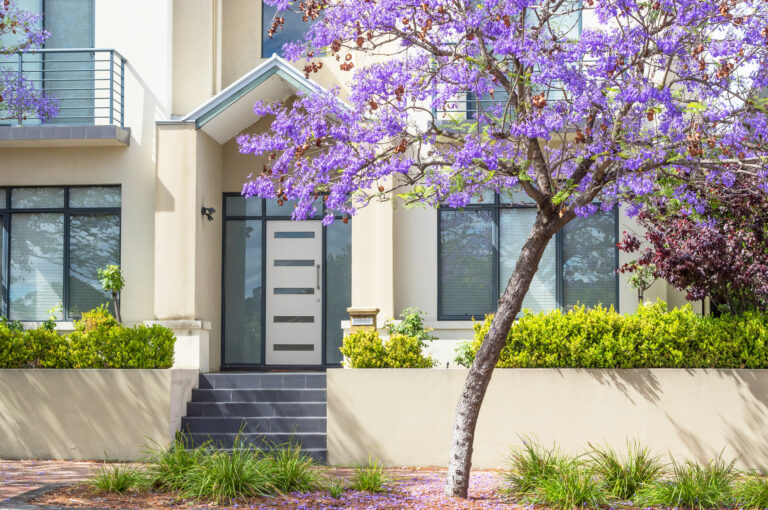The rise in regional property prices won’t slow any time soon, with real estate economist Nerida Conisbee tipping a 20% increase this year, led by key regions in Queensland. Conisbee says house prices in regions such as the Gold Coast, the Sunshine Coast, Shepparton and the Hunter Valley have already increased by about 10% since the start of the year. “At the rate prices are rising in these areas, it’s quite possible for them to climb by around 20% this year,” she says. “Many regions are still on track to rise this year, so I think the housing boom is definitely not over for areas that are relatively close to capital cities.” CoreLogic research director Tim Lawless says while the pace of growth is easing in some areas, prices are still rising in most markets. “We’ve already seen regional housing values across Australia increase by 6.6% over the first four months of the year, so further net growth over the next eight months doesn’t seem unreasonable.”
Labor Win Paves Way For Light Rail
The Gold Coast City Council is pushing ahead with its plans to expand light rail, with councillors voting to extend it along the coast to Coolangatta. Only two councillors opposed the move to back funding for a business case study which is expected to take three years. Mayor Tom Tate says there is no need for large numbers of resumptions for the project. Some locals expressed concerns that the $2.7 billion extension will increase traffic snarls along the Gold Coast Highway through Palm Beach. Potential engineering changes for the extension which have been revealed include potentially reducing it to one line instead of two through Palm Beach or removing some street side parking. During the election campaign Liberal Government frontbencher Karen Andrews said that no federal funds would be released for the business case study. But after being re-elected Queensland ALP Senator Murray Watt says Federal Labor has “a strong track record of supporting infrastructure projects on the Gold Coast”
Quote of the Week
“Investors have been mostly missing from the property market since well before the last Federal Election, predominantly due to nationwide investment lending restrictions, but also because of the political posturing on negative gearing during the previous election campaign.”
Property Investment Professionals of Australia (PIPA) chair Nicola McDougall
Govt Urged To Solve Rental Crisis
The Property Investment Professionals of Australia (PIPA) is calling on the new Labor Government to make Australia’s rental crisis a priority. PIPA chair Nicola McDougall says with the number of rental properties at record lows, the situation is likely to worsen in coming months. “Investors have been mostly missing from the property market since well before the last Federal Election, predominantly due to nationwide investment lending restrictions, but also because of the political posturing on negative gearing during the previous election campaign,” she says. McDougall says while investor activity returned to historical averages in March this year, not enough time had elapsed to make up for the shortfall of the past five years. New data from Proptrack shows vacancy rates and rents are at record highs, with no sign of easing in the short term. The data on vacancies is confirmed by other sources, including Domain and SQM Research, with most capital cities recording vacancy rates below 1%.
Housing Schemes To Drive Up Prices
Affordable housing schemes set to be introduced by the new Labor Government may result in prices rising in some areas, according to CoreLogic. Research director Tim Lawless says demand for houses in the outer suburbs and in cheaper regional areas, as well as apartments, could increase as buyers start to use the newly announced schemes. He says the price caps on the shared equity scheme are well and truly within the range that first-home buyers are looking at. In Sydney and regional NSW, it is $950,000; in Melbourne and regional Victoria, $850,000; in Brisbane and regional Queensland, $650,000. In Perth, Adelaide, Hobart and Darwin, are $550,000, and $600,000 in Canberra. “This implies detached housing markets across the outer suburbs of the capitals could see stronger demand,” Lawless says. “In regional markets, the price caps are likely to support housing demand away from the most popular coastal or ‘tree change’ markets, where prices have risen sharply over the past few years.”
More Supply Needed To Aid Affordability
Government schemes which allow more buyers to get into the market when there is not adequate supply will just lead to price increases, according to national developer Mirvac. Chief executive Susan Lloyd-Hurwitz warns against schemes which boost demand only. “We’re in a genuine national crisis on affordability,” she says. “It will have an effect on the next generation unless we solve it quickly. “Solving it through demand side measures only fuels the fire. Demand policies aren’t bad in and of themselves, but they are poor if they are not matched by supply side measures.” Lloyd-Hurwitz says not enough homes are being built to cope with population growth even though migration virtually came to a standstill in the past two years. She says apartment supply along the east coast of Australia next year is still going to be about 45% down on what it was in 2018. The result is, she says, that young first-time buyers will find that prices continue to increase










